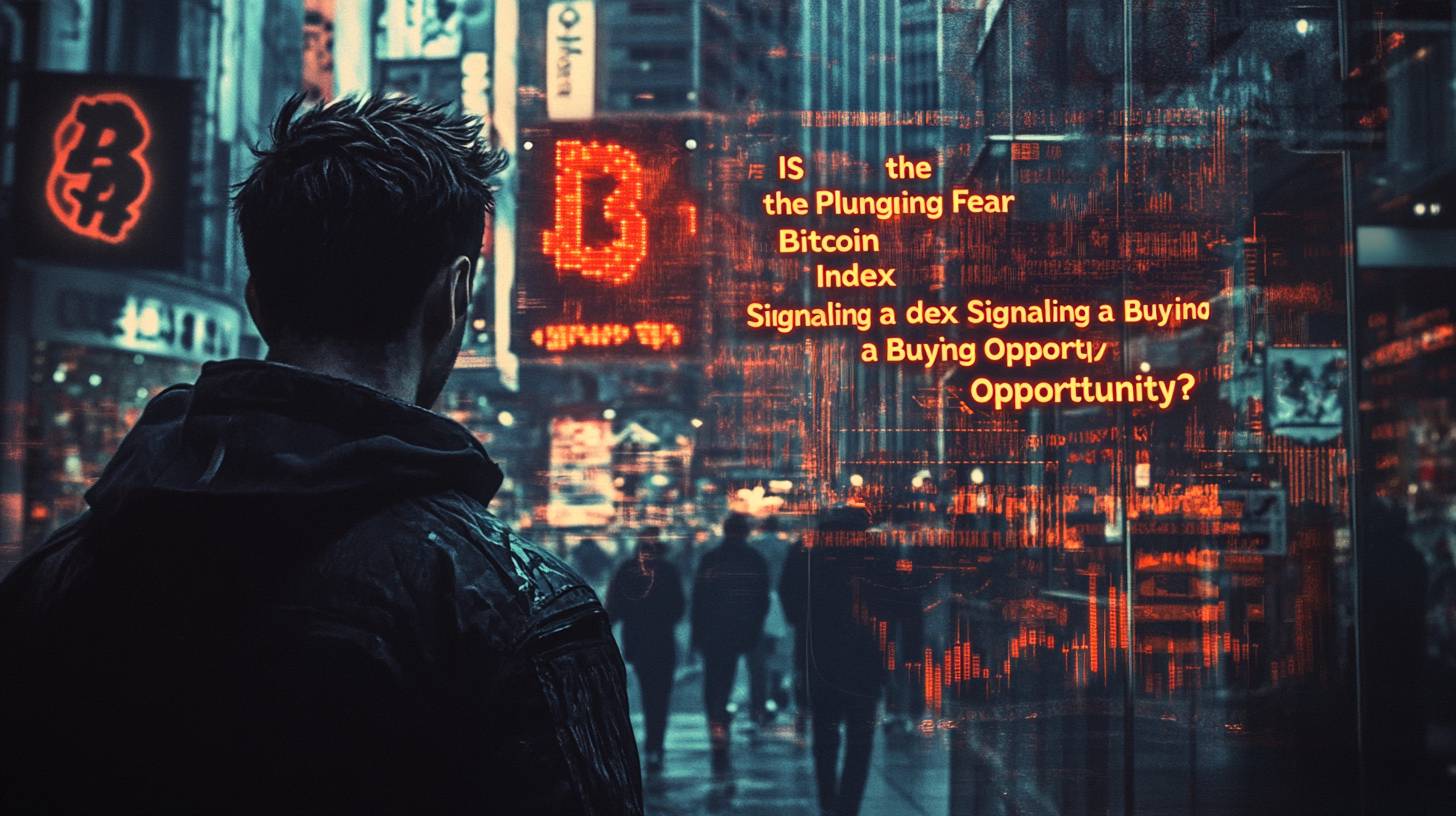
Grasping the fear and greed index
For example, in the market crash of March 2020, the Fear and Greed Index fell to extreme fear levels. Those who purchased Bitcoin during this time experienced substantial gains as the market recovered in the ensuing months. Similarly, past instances where the index has entered the extreme fear territory have typically seen subsequent price rebounds, rewarding those who acted during these low sentiment times.
On the flip side, when the index achieves the “extreme greed” bracket, it may indicate that the market is overblown. During these intervals, prices are frequently inflated by irrational enthusiasm and FOMO (fear of missing out). Investors who perceive this can adopt a more prudent stance, possibly divesting some of their assets to secure profits before a market downturn takes place.
- 0-24: Extreme fear (red)
- 25-46: Fear (amber)
- 46-49: Neutral (yellow)
- 50-74: Greed (light green)
- 75-100: Extreme greed (green)
Source: bitcoinmagazine.com
The index is categorized as follows:
Past patterns and investment approaches
The Fear and Greed Index serves as a vital instrument for evaluating market sentiment, especially in the unpredictable realm of Bitcoin. This index scrutinizes several aspects, including volatility, momentum, social media activity, and Bitcoin’s supremacy over alternative cryptocurrencies. By assessing these factors, the index delivers a thorough overview of the market’s emotional disposition, aiding investors in making more educated choices.
In the Australian landscape, where the crypto market is expanding, comprehending these historical patterns can prove particularly advantageous. Aussie investors can utilize the Fear and Greed Index to enhance their decision-making, steering clear of the traps of emotional trading. By closely monitoring the index, they can better synchronize their market entries and exits, optimizing their gains in the fluctuating Bitcoin landscape.
Furthermore, the index can work in tandem with other market evaluation techniques. For instance, merging the insights gained from the Fear and Greed Index with technical analysis and fundamental evaluation can yield a more comprehensive perspective on the market. This multifaceted strategy can assist Australian investors in maneuvering through the intricacies of Bitcoin trading, strengthening their overall investment plan.
Currently, Bitcoin’s score is 26, slightly above the “extreme fear” line, reflecting increased market trepidation. This score is calculated from a set of metrics that indicate the overall market sentiment. For example, a notable decline in Bitcoin’s price, heightened volatility, and adverse social media reactions can all lead to a diminished score on the index.
The Fear and Greed Index provides crucial insights into market sentiment, aiding investors in pinpointing potential buying and selling moments. By understanding historical trends and integrating the index into their investment methodologies, Australian investors can adeptly navigate the volatile Bitcoin market, making more informed and calculated decisions.
Grasping the Fear and Greed Index is essential for investors aiming to maneuver through the frequently turbulent Bitcoin market. By monitoring this index, investors can more accurately determine the optimal times to buy or sell Bitcoin, potentially leveraging market scenarios that others might miss. The index acts as a gauge for market sentiment, providing critical insights that assist investors in crafting strategic choices.
Historically, the Fear and Greed Index has been a significant resource for investors, especially during phases of extreme market sentiment. A drop into the “extreme fear” category often hints at a potential buying chance. This occurs because extreme fear generally signifies that the market is undervalued, as widespread caution and panic selling depress prices. Insightful investors who identify this trend can capitalize on reduced prices to gather Bitcoin at a bargain.

